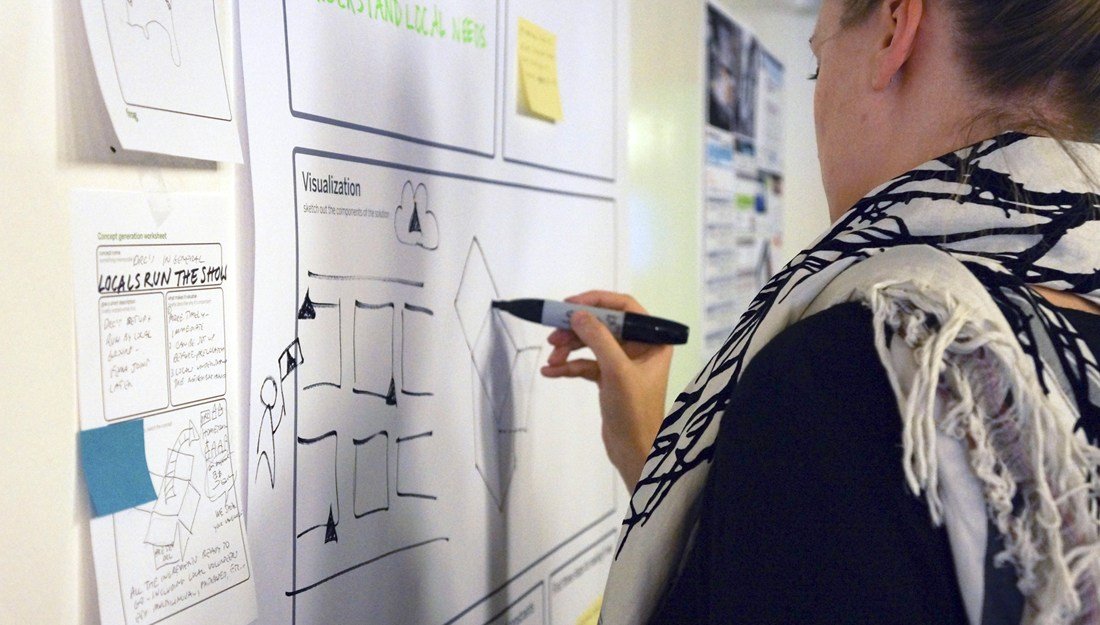One of the major tasks for local government is planning ways for the community to recover from disasters. Research has shown that to work well, disaster recovery plans need to involve the public. Without public participation, recovery plans might miss out on knowledge and skills held by members of the community.
To find out how important public involvement in disaster recovery planning is, a research team led by Jennifer Horney, PhD, associate professor in the Epidemiology and Biostatistics Department in the Texas A&M School of Public Health, examined disaster recovery plans from local jurisdictions along the U.S. Atlantic and Gulf Coast and interviewed people involved in those governments’ planning efforts. The study was published in the International Journal of Disaster Risk Reduction.
The researchers looked at coastal counties and cities with populations of at least 10,000 people from Virginia to Louisiana. Of these, they found 87 with a recovery plan publically available online. Horney and colleagues then analyzed each plan to see how well the plans accounted for quality principles such as goals, participation, monitoring and evaluation. They also sent surveys to the person in each government responsible for recovery planning, and 55 of these people responded. The team then selected four counties, two with above-average scores and two with below-average scores based on the analysis.
From there, the research team interviewed two to three representatives from each county. In the interviews, researchers asked about issues related to disaster recovery planning and public participation in the planning process. In addition, they asked about the implementation of recovery plans and ways that their plan made their county more prepared for disasters and to recover from them.
https://today.tamu.edu/2016/10/11/hazard-researchers-eye-disaster-effects-on-food-distribution/
Horney and colleagues found that all four counties sought public participation for recovery plans, but higher- and lower-scoring counties had different approaches.
“Higher-scoring counties were motivated to gain public support through their participation efforts, whereas lower-scoring counties saw educating the public as the top reason. Higher-scoring counties also involved more participants—75 people in one and 200 in the other—in the planning process than the lower scoring ones, which involved 25 people in one and 40 in the other,” Horney said. “They also had more staff time devoted to participation activities, which could explain some of the differences in participation scores.”
Counties with higher scores also took steps to involve community groups, such as neighborhood associations and religious groups, and to make use of existing relationships with the public to develop their plans. These more active engagement measures also could explain part of the score differences, as lower-scoring counties relied on methods such as news releases and public notices in newspapers.
The study examined only four counties in one region, and thus may not be generalizable to the rest of the country. However, the findings on public engagement methods and disaster recovery staffing point to possible ways to improve public safety.
“Having more people involved in participation and seeing public participation as an active and interactive process could bring benefits and allow local governments to better serve the public, especially poor residents, the elderly, people living with disabilities and racial and ethnic minorities, who have needs and concerns that may not be addressed otherwise,” Horney said.
Future avenues for research include digging further into participation of government and non-government groups, studying the effectiveness of collaboration and finding out more about links between recovery plans and guidelines from state and federal agencies.
###
This story by Rae Lynn Mitchell originally appeared in Vital Record.




